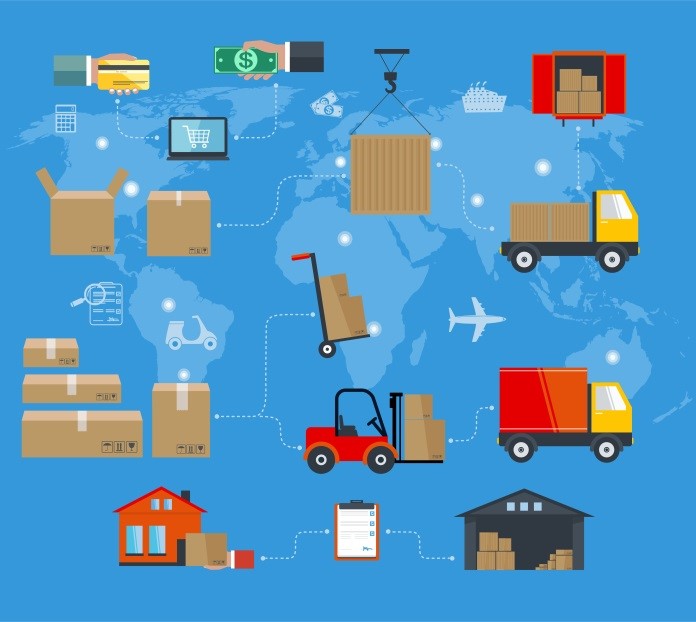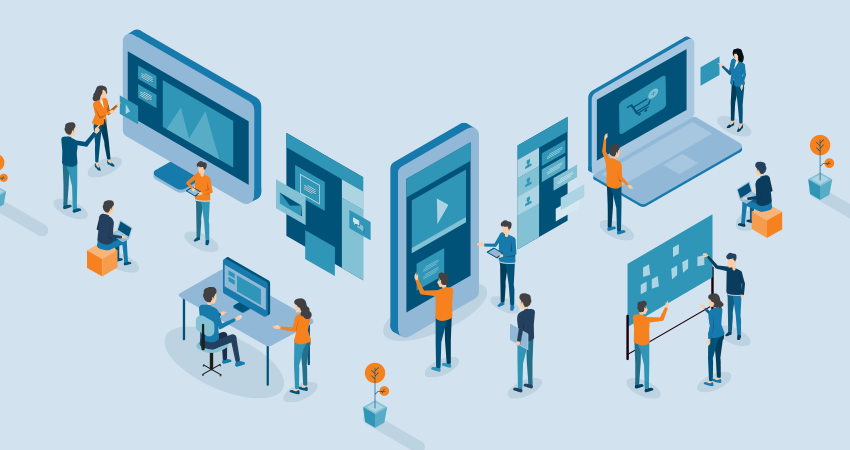How can the future of procurement look like?

Digital transformations are structurally reshaping the process of procurement for businesses worldwide. As the modern technologies carry on to level up themselves at am extremely fast speed, several trends and patterns are coming into the fray, offering a sneak peek into the way by which we will do things in the coming decades.
In this write-up, we will help you to identify a few driving force which is going to bring in the changes in procurement.
Procurement becomes synonyms with the ambitious advantage
The leading procurement functions will play an efficient part in large organizations and will influence the all-round business strategy, growth, and competitive advantage. People having a leadership position in their respective procurement teams will be shifting their focus from cost control to facilitating innovation, business agility, and supply continuity.
Automatic data cleansing by Machines
Key business decisions highly rely on data. The challenge that affects several businesses is to keep that data updated and clean. In the future, it is anticipated that machine learning will automatically cleanse data and ensure that all the anomalies are automatically rectified. Like for example, the supplier master data will be monitored and maintained from contracts along with the data used in pay runs.
More agile procurement with direct partnering with other departments
Experts are predicting that procurement can turn into a smaller, highly centralized function with specific people doing purchase-related tasks in specific departments inside the business. Procurement will be taking advantage of remote working, by allowing better collaboration within the entire business. Category managers may turn out to specialists in a business unit by being able to track all the departmental procurement needs. To satisfy the operational needs and requirements, they might build a network of the gig economy.
The business will be able to spot patterns by data tracking
With the internet of things, businesses will be able to track outcomes in real-time. It can comprise of the items in transit throughout the supply chain and that helps asset-intensive industries to link data all over the business to their suppliers, effectively facilitating untouched procurement, where stock levels are monitored and acted upon automatically. This process ultimately facilitates an enhanced data platform for informing decision-making around the patterns of spend and purchasing, catalog content, contract fulfillment, and supplier portfolios.

Robotic process automation becomes mainstream
In any procurement solutions, Robotic Process Automation will become a key part. The procurement functions will be eliminating the requirement for manual intervention on large-scale, high volume repeatable tasks. On top of that, manual reporting will also be eliminated, helping procurement teams to focus more on important work instead of compiling laborious reports.
Utilization of internal and external data sources for analyzing supplier risk
Data is set to transforming procurement and this time by offering the procurement team the opportunity to understand their supplier better than ever. The internal data compiled by procurement, supplier information, market data and analyst data of supplier performance will be aggregated for offering a complete 360-degree view of the supplier performance. This will assist in building supplier risk profiles and accredit you with the tools for predicting risk events/activities.
Complete integration of Blockchain
For a recent past, blockchain has been in the news in the procurement space but it has not been fully realized yet. Experts are predicting that it will be selectively used by procurement functions. It might involve a considerable amount of investment to develop and deploy, but experts anticipate that it is more likely to be used in scenarios where there’s a need to track and trace to counteract counterfeiting.
So these are our predictions about the future of procurement. The future is vast and not limited. Do you have any predictions which you would like to make? Then let us know in the comments section.
3 Steps To Better Procurement
How These 3 Core Strategies Determine The Outcome of Your Procurement Process
Request A Demo



